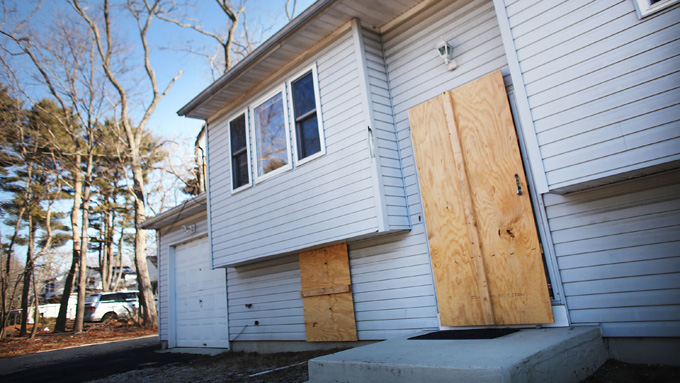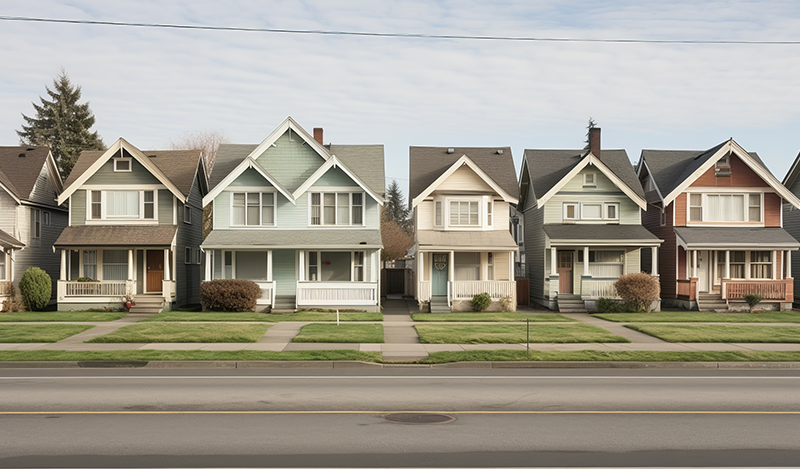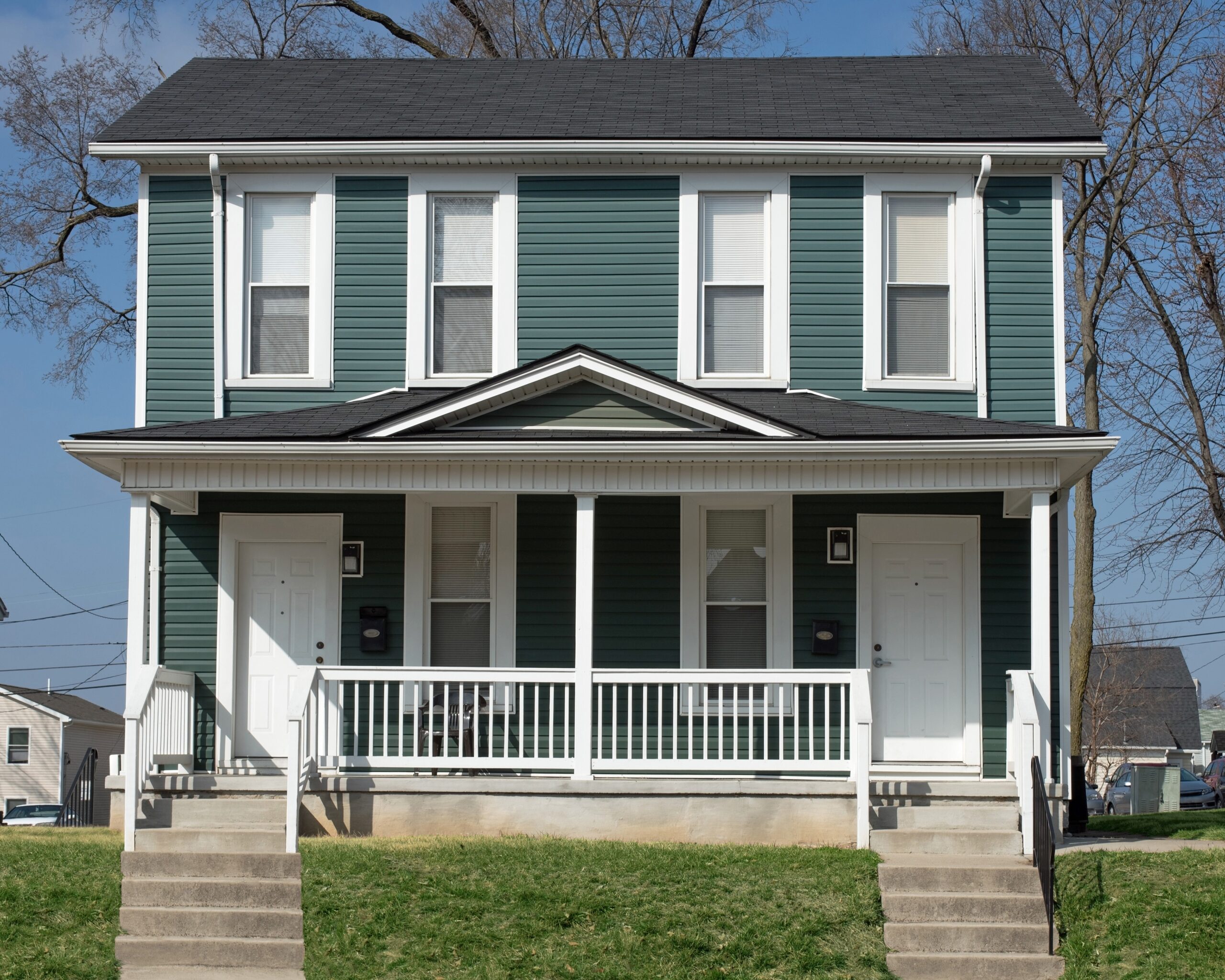Welcome to Our Research Archive
Search and filter by content type, issue area, author, and keyword
- ✕ Clear Filter
- Adam J. White (1)
- Angela Rachidi (65)
- Beth Akers (39)
- Brent Orrell (108)
- Bruce D. Meyer (15)
- Casey B. Mulligan (1)
- Charles Murray (1)
- Daniel A. Cox (11)
- Edward J. Pinto (31)
- Edward L. Glaeser (10)
- Frederick M. Hess (40)
- Greg Wright (1)
- Howard Husock (91)
- Ian Rowe (15)
- James C. Capretta (1)
- James Pethokoukis (21)
- John Bailey (2)
- Joseph Fuller (6)
- Kevin Corinth (77)
- Kyle Pomerleau (9)
- Leslie Ford (6)
- marie cohen (1)
- Mark Schneider (9)
- Mason M. Bishop (2)
- Matt Weidinger (86)
- Matthew Continetti (1)
- Max Eden (3)
- Michael Barone (1)
- Michael Brickman (3)
- Michael Pugh (2)
- Michael R. Strain (36)
- Naomi E. Feldman (1)
- Naomi Schaefer Riley (75)
- Nat Malkus (21)
- Nicholas Eberstadt (5)
- Paul Ryan (3)
- Preston Cooper (41)
- R. Glenn Hubbard (4)
- Ramesh Ponnuru (5)
- Raphael Colard (1)
- Richard Burkhauser (8)
- Richard V. Burkhauser (4)
- Robert Cherry (6)
- Robert Doar (14)
- Robert Pondiscio (18)
- Ross Douthat (2)
- Ryan Streeter (5)
- Sally Satel (2)
- Samuel J. Abrams (7)
- Scott Winship (63)
- Stan Veuger (10)
- Timothy P. Carney (16)
- Tobias Peter (37)
- W. Bradford Wilcox (91)
- Yuval Levin (10)

August 11, 2025
Texas Just Provided a Housing Lifeline—Dallas-Fort Worth Cities Should Grab It
This op-ed was originally published by The Cannon. You can read the original piece here. Large Texas municipalities have just been handed an enormous opportunity by the legislature. They should seize it. For such a large state, Texas is blessed with a rare advantage: relatively affordable housing. But clouds are gathering. In the Dallas-Fort Worth metro, home…

July 17, 2025
Why HUD Was Right to Roll Back PAVE Rules
This op-ed originally appeared in National Mortgage News. The recent decision by the Department of Housing and Urban Development and the Office of Management and Budget to roll back key policies of the Property Appraisal and Valuation Equity (PAVE) task force marks a pivotal shift in federal housing policy. What began as an effort to address perceived shortcomings…

June 30, 2025
America’s Six Million Home Shortage: Why California Is at the Epicenter
A growing body of research estimates that the US faces a severe housing shortage, with missing homes numbering between 3.8 million and 8.2 million. Using the midpoint—approximately six million missing homes—new AEI Housing Center analysis shows where this shortage is most acute and why about two million missing homes can be traced back to California and its neighbors….

June 26, 2025
Does Building Light-Touch Density Housing Lower Single-Family Home Values? Evidence from Seattle, WA and Charlotte, NC
Summary: Opponents of Light-touch Density (LTD) infill argue that it will lead to outright home price declines or, at the very least, slower home price appreciation (HPA). However, evidence from Charlotte and Seattle shows that the construction of LTD housing—such as duplexes and townhomes—does not adversely impact HPA of single-family detached (SFD) homes in the…

June 23, 2025
Boston’s Backward Housing Policy: More Demand Will Only Exacerbate the Supply Crisis
Boston’s housing policies keep treating symptoms while ignoring the disease. Last month, the city proudly unveiled its Co-Purchasing Housing Pilot Program, offering $50,000 in zero-interest, deferred-payment loans to help lower-income households cover down payments and closing costs on multi-family homes. The idea is to allow multiple individuals to pool resources and purchase homes together. It sounds…

May 27, 2025
The Surprising Role of Large Developers in Solving the Housing Crunch
Against the odds—and conventional wisdom—the nation’s largest home builders have engineered a dramatic shift toward serving first-time homebuyers (FTBs). New data from the AEI Housing Center show that in 2024, 51.2% of all new construction sales by the top 20 builders went to FTBs, up significantly from just 38.6% in 2014. This shift has occurred…

May 7, 2025
Displacement by Design: How Bad Policy Made Housing Scarce, and How We Can Fix It
Musical chairs is one of the first games we play as children. The rules are simple: there are fewer chairs than players. When the music stops, someone ends up standing. Not necessarily because they weren’t fast enough—but because the game was designed for someone to lose. Now imagine blaming the child for losing. We question…

March 24, 2025
Tax Abatements: The Best-Kept Secret to Revitalizing Struggling Communities—Without Spending Taxpayer Money
A well-designed property tax abatement program can dramatically shift project economics by temporarily reducing tax burdens, making new housing development financially viable—without requiring government subsidies. Philadelphia’s 10-year tax abatement is a powerful example: a simple policy that helped reverse decades of decline by unlocking private investment and spurring the construction of tens of thousands of…

March 18, 2025
Low-Rise Multifamily and Housing Supply: A Case Study of Seattle
Abstract We provide an in-depth case study of land use reforms in Seattle to highlight how redevelopment of aging single-family housing to townhomes can lead to a significant increase in market-rate housing that promotes affordability. The key is to allow market forces to use by-right zoning to drive small-scale development, when also supported by clear…

February 18, 2025
Family-Friendly Policies for the 119th Congress
Key Points Read the PDF. Introduction America is in a baby bust, with birth rates hitting record lows and still falling. Young Americans are getting married later and less. Meanwhile, parents face rising stress, and children suffer an epidemic of anxiety. The family is the fundamental building block of a society, as the cell is…